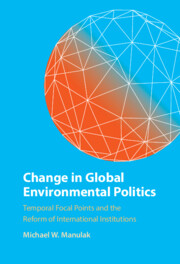The unchecked rise in global plastic production has resulted in widespread pollution and exposure to hazardous chemicals. Over 16,000 chemicals are used across the plastics life cycle, with thousands meeting criteria for persistence, bioaccumulation, mobility and toxicity. Many remain unregulated under existing multilateral environmental agreements. In response, the United Nations Environment Assembly has mandated the development of an international, legally binding instrument to end plastic pollution. Current treaty negotiations have begun addressing a short list of chemicals, yet significant gaps remain. These include insufficient regulatory mechanisms, lack of chemical transparency and reliance on ineffective recycling strategies that reintroduce toxic substances into consumer products. The presence of harmful chemicals in plastics contributes to major public health burdens and is an environmental threat, with high annual costs that reduce the potential for economic development through safer recycling. Vulnerable populations, including children, reproductive-aged individuals, and frontline communities, face heightened risks. To address this, we recommend the following three critical actions for the treaty: (1) globally regulating chemicals of concern based on hazard; (2) mandating transparency of plastic chemical composition and (3) designing plastics using safe-by-design principles and essential-use criteria. Group-based regulation, which would consider categories of related chemicals, should replace individual chemical approaches to prevent regrettable substitutions. Binding, global obligations, rather than fragmented or voluntary measures, are vital for sustainability, chemical safety, circularity and accountability across the plastics life cycle. A strong treaty is a critical opportunity to achieve a safer, more sustainable future for human and environmental health.

